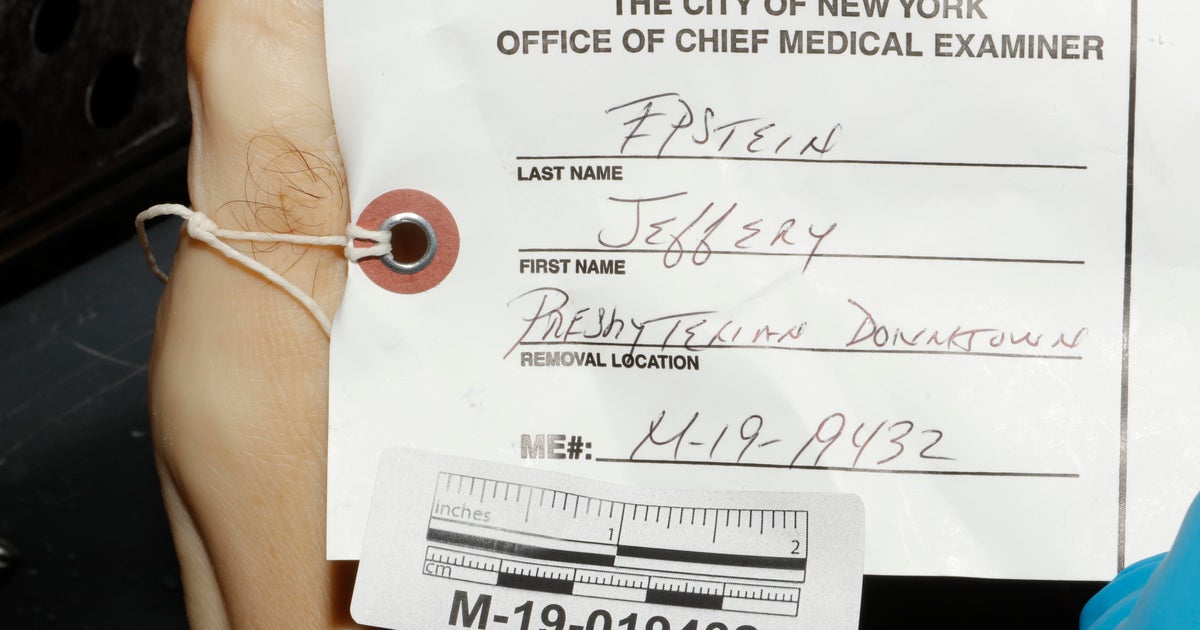Choking Hazard: Toddler's Tomato Choking Incident Highlights Importance Of First Aid

Table of Contents
Common Choking Hazards for Toddlers
Toddlers, with their insatiable curiosity and developing fine motor skills, are especially vulnerable to choking hazards. Understanding these hazards is the first step towards prevention.
Food-Related Choking Hazards
Many seemingly innocuous foods can become deadly choking hazards for toddlers. Their small airways are easily blocked by poorly-prepared or inappropriate food.
- Whole grapes: These are notorious choking hazards. The smooth, round shape makes them difficult to grasp and easily lodge in the throat. Always cut grapes in half or quarters lengthwise.
- Hot dogs: These cylindrical shapes can become lodged in the airway. Cut them into small, thin pieces lengthwise.
- Popcorn: Small, hard kernels can easily obstruct the airway. Avoid giving popcorn to toddlers.
- Hard candies: These pose an obvious choking hazard, as do gummy candies that can stick to the airway.
- Raw carrots: While nutritious, raw carrots should be cut into very small, soft pieces.
- Cherry tomatoes: As the incident with Lily showed, even small fruits like cherry tomatoes can be dangerous. Cut them into smaller pieces.
The difference between choking hazards for babies and toddlers lies primarily in the size and developmental stage. Babies may choke on smaller items, while toddlers present a higher risk with food that is not properly prepared. Always supervise toddlers while they eat and choose age-appropriate foods and preparation methods.
Non-Food Choking Hazards
Food isn't the only choking hazard toddlers face. Many household items pose significant risks.
- Small toys: Toys with small detachable parts, like buttons, eyes, or wheels, are extremely dangerous. Regularly inspect toys and discard any with loose parts.
- Buttons: Small buttons, whether from clothing or toys, are a significant risk.
- Coins: The smooth, round shape makes coins a choking hazard.
- Marbles: Similar to coins, marbles present a substantial choking risk.
- Balloons: Deflated or burst balloons can easily become lodged in the airway. Keep balloons away from toddlers completely.
Childproofing is essential. Store small objects out of reach in secured cabinets and drawers. Regularly check play areas to ensure nothing poses a choking hazard. Active supervision is critical; never leave a toddler unattended.
Recognizing the Signs of Choking in Toddlers
Recognizing the signs of choking is crucial for a timely and effective response. Swift action can mean the difference between life and death.
Identifying Choking Symptoms
Choking toddlers often exhibit several distinct symptoms:
- Inability to cough, wheeze, or speak: If a toddler is struggling to make noise, choking is highly possible.
- Turning blue: This indicates lack of oxygen and is a severe emergency.
- Clutching the throat: This is a universal sign of choking.
- Silent gasping: This means the airway is significantly compromised.
The combination of these symptoms requires immediate action.
Differentiating Choking from Other Illnesses
Some illnesses mimic choking symptoms, making it crucial to distinguish between them. If unsure, always err on the side of caution and assume choking.
- Asthma attack: Asthma typically involves wheezing and coughing, but choking involves silent gasping and inability to breathe.
- Croup: Croup usually presents with a barking cough, whereas choking is marked by the inability to breathe.
However, don't delay action trying to diagnose – if in doubt, treat it as a choking emergency.
First Aid for Choking Toddlers
Knowing how to administer first aid is essential. Every second counts in a choking emergency.
Performing Back Blows and Chest Thrusts (Heimlich Maneuver)
The Heimlich maneuver is not generally recommended for toddlers under one. Instead, perform back blows and chest thrusts:
- Back blows: Support the toddler's chest and head with one hand, holding them face down along your forearm. Give 5 firm back blows between the shoulder blades using the heel of your other hand.
- Chest thrusts: Turn the toddler face up and place two fingers in the center of the chest, just below the nipple line. Give 5 quick chest thrusts, pressing firmly inward and upward. Repeat the cycle until the object is dislodged or professional help arrives.
Call emergency services immediately while performing first aid.
When to Call Emergency Services
Call emergency services immediately if:
- The child is unconscious.
- The child is unresponsive.
- The child is unable to breathe.
- The object is not dislodged after several attempts.
Time is of the essence; don't hesitate to call for help. Knowing your local emergency number is crucial.
Prevention Strategies to Minimize Choking Hazards
Proactive measures significantly reduce the risk of choking incidents.
Childproofing Your Home
Childproofing is vital for minimizing potential hazards:
- Use safety latches on cabinets and drawers.
- Store small objects out of reach.
- Cover electrical outlets.
- Use age-appropriate toys.
- Regularly inspect the home environment for potential hazards.
Make your home as safe as possible for your toddler.
Educating Caregivers
Educating caregivers is crucial:
- Take a first aid and CPR course.
- Share this information with all caregivers.
- Communicate safety protocols clearly.
Ensuring everyone involved in your toddler’s care understands choking hazards and first aid is essential.
Conclusion
Choking hazards are a serious threat to toddlers. Understanding common hazards, recognizing the signs of choking, knowing how to administer first aid, and implementing preventative measures are critical for safeguarding your child. Don't wait until a choking hazard emergency occurs. Learn vital first aid techniques today and safeguard your toddler by childproofing your home. Take action now and protect your loved ones! Take a first aid course today and learn more about toddler choking prevention and choking first aid. Your preparedness could save a life.

Featured Posts
-
 Is Palantirs 30 Fall A Buying Signal A Stock Market Analysis
May 10, 2025
Is Palantirs 30 Fall A Buying Signal A Stock Market Analysis
May 10, 2025 -
 Tonights Nhl Playoffs Oilers Vs Kings Prediction Picks And Best Bets
May 10, 2025
Tonights Nhl Playoffs Oilers Vs Kings Prediction Picks And Best Bets
May 10, 2025 -
 Pam Bondis Reaction To James Comers Epstein Files A Closer Look
May 10, 2025
Pam Bondis Reaction To James Comers Epstein Files A Closer Look
May 10, 2025 -
 5 Times Stephen King Clashed With Fellow Celebrities
May 10, 2025
5 Times Stephen King Clashed With Fellow Celebrities
May 10, 2025 -
 Wynne Evans Responds To Accusations A Declaration Of Innocence
May 10, 2025
Wynne Evans Responds To Accusations A Declaration Of Innocence
May 10, 2025
